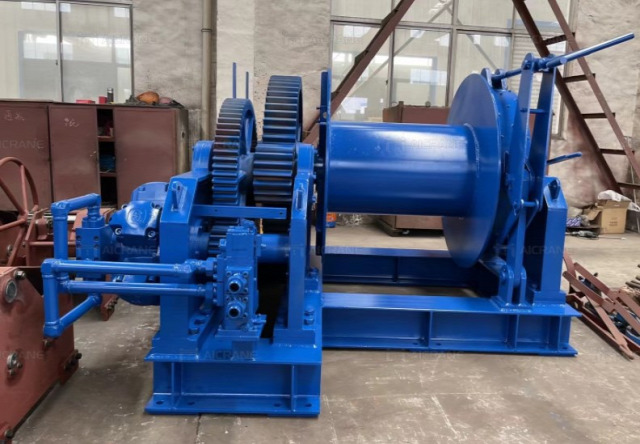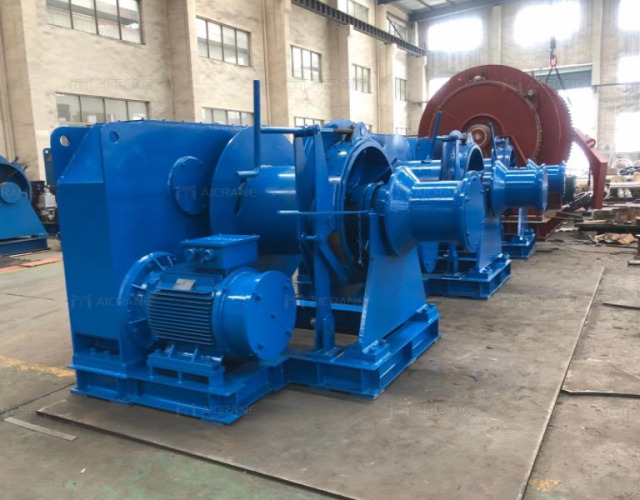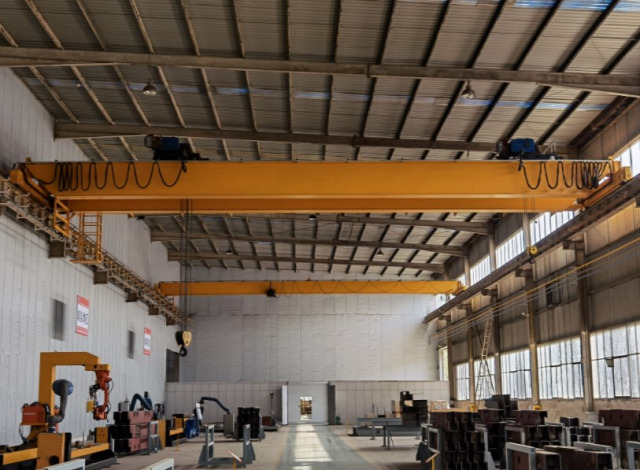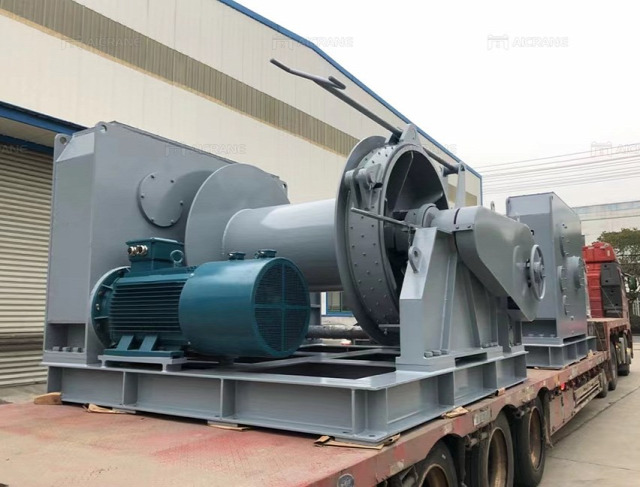Tugboats, those sturdy workhorses of the maritime industry, play an essential role in assisting vessels, maneuvering in tight spaces, and ensuring safe navigation. At the heart of their effectiveness lies a critical component: the towing winch. Towing winches are the powerhouse mechanisms that provide the pulling force necessary for tugboats to carry out a range of tasks, from towing larger vessels to controlling heavy loads. In this article, we delve into the significance, features, and functions of towing winches in the realm of tugboats.

The Significance of Tugboats in Maritime Operations
Tugboats, often referred to as tugs, are compact and robust vessels designed to perform tasks that larger vessels cannot accomplish on their own. These tasks include pushing or pulling vessels through tight harbors, assisting with docking and undocking, salvaging stranded vessels, and providing firefighting support. Tugboats are the unsung heroes of maritime operations, ensuring that vessels of all sizes navigate safely through challenging conditions.
The Role of Towing Winches
At the core of a tugboat's capabilities is the towing winch. A towing winch is a powerful piece of equipment designed to generate the force necessary to tow or assist other vessels. It allows the tugboat to secure itself to the vessel being assisted and apply the required force to guide, maneuver, or pull the vessel as needed. Towing winches are particularly crucial when dealing with large vessels that may lack the agility to navigate confined spaces.
Key Features of Towing Winches
High Pulling Capacity: Tugboats need to exert considerable force to move or control other vessels. Towing winches in tugboats are engineered with high pulling capacities to ensure they can handle these demanding tasks effectively.
Braking Systems: Towing winches often incorporate advanced braking systems that provide precise control over the tension applied to the towing line. This control is essential to prevent sudden movements or excessive strain that could lead to accidents.
Variable Speed Control: Towing winches offer variable speed control, enabling tugboat operators to adjust the pulling or releasing speed according to the situation. This feature is particularly valuable when handling delicate maneuvers or heavy loads.
Remote Control and Automation: Modern towing winches can be operated remotely, allowing operators to manage the winching process from a safe distance. This feature enhances both safety and efficiency, especially in challenging conditions.
Load Monitoring Systems: Many towing winches are equipped with load monitoring systems that provide real-time information about the tension being applied to the towing line. This information helps operators make informed decisions to prevent overloading and ensure safe operations.
Functions of Towing Winches in Tugboats
Towing Operations: The most straightforward function of a towing winch is to pull and guide other vessels, either singly or in tandem, through waterways or confined areas. This capability is vital in ensuring safe navigation, especially when vessels are too large or lack the propulsion necessary to move independently.
Docking and Undocking: Tugboats use their towing winches to assist larger vessels during the docking and undocking processes. By providing controlled force, tugboats help prevent collisions and ensure precise positioning.
Emergency Response: Tugboats equipped with towing winches are often called upon for emergency response, including salvaging stranded vessels or assisting vessels in distress. The winch's power is instrumental in these critical situations.
Marine Construction and Maintenance: Towing winches are used in marine construction projects, such as moving heavy equipment and barges, as well as in maintenance activities that involve lifting and positioning.
Conclusion
Towing winches are the muscle behind the versatility and effectiveness of tugboats. These mechanisms enable tugboats to navigate complex environments, assist vessels of all sizes, and ensure the safety of maritime operations. With features like high pulling capacity, advanced braking systems, and variable speed control, towing winches empower tugboat operators to carry out their tasks with precision and efficiency. As maritime technology continues to evolve, these winches will remain a cornerstone of the tugboat industry, playing a pivotal role in the seamless movement of vessels across waterways around the world.





